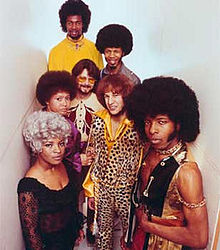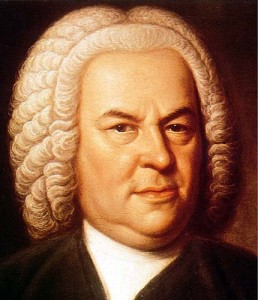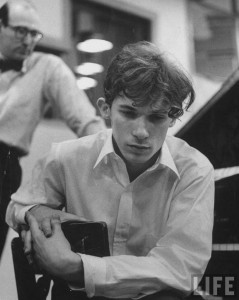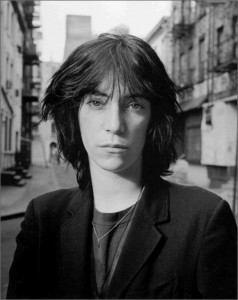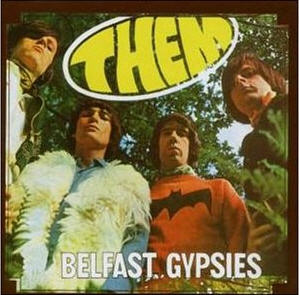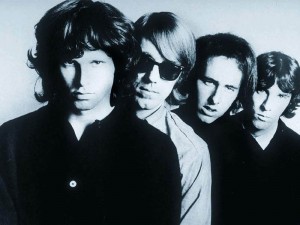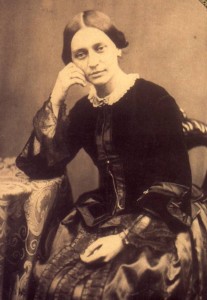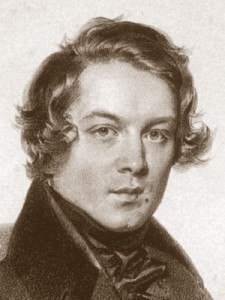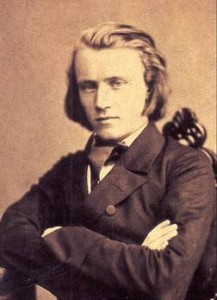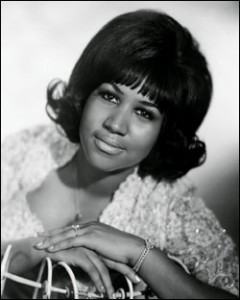March 21, 2013
The sisterhood and brotherhood as: Sly And Family Stone.
La sororité et de fraternité que: Sly Stone et Famille.
Questo gruppo che parte alla fine degli anni sessanta, oggi è considerato come una band musicale soul variopinta. Eppure tanti gruppi, a loro si sono ispirati. Loro hanno aperto una porta, dove, ancora oggi, i musicisti attingono. La fratellanza e la sorellanza. Freddy, il fratello di Sly, suonava la chitarra. Larry Graham suonava il basso. Cinthya Robinson e Jerry Martini suonavano rispettivamente la tromba e il sassofono. Un bianco e una nera che suonavano assieme sopra il palco. E Greeg Enrico alla batteria: un ispanico. Questo gruppo suonava come se fossero un’unica persona. Il gruppo non attraversava i confini razziali: li cancellava. LE DONNE SUONAVANO STRUMENTI. GLI UOMINI CANTAVANO E LO SHOW ERA MANDATO AVANTI DA UN NERO. In Europa, ancora oggi noi tutti ci dobbiamo arrivare. Ed ecco a voi “Stand” che parla del colore della pelle, dell’odio e dell’amore. Signori questo è il nostro futuro.
This group, which starts at the end of the sixties, is now regarded as a band colorful soul. Yet many groups, they were inspired. They have opened a door, where, even today, the musicians draw. Freddy’s brother Sly, played the guitar. Larry Graham played bass. Cinthya Robinson and Jerry Martini respectively played the trumpet and saxophone. A white and a black playing together on the stage. And Greeg Henry on drums: a Hispanic. This group sounded as if they were one person. The group crossed racial boundaries: they erased. WOMEN played instruments. SUNG MEN AND THE SHOW WAS SENT NEXT TO A BLACK. In Europe, we all still have to go. And here “Stand” that talks about the color of their skin, hatred and love. Gentlemen, this is our future.
Ce groupe, qui commence à la fin des années soixante, est aujourd’hui considérée comme une âme bande colorée. Pourtant, de nombreux groupes, ils se sont inspirés. Ils ont ouvert une porte, où, aujourd’hui encore, les musiciens dessiner. Frère Freddy Sly, jouait de la guitare. Larry Graham joue de la basse. Cinthya Robinson et Jerry Martini respectivement joué de la trompette et le saxophone. Un blanc et un noir à jouer ensemble sur scène. Et Greeg Henry à la batterie: un hispanique. Ce groupe sonne comme si elles étaient une seule personne. Le groupe a traversé les frontières raciales: elles effacées. Les femmes ont joué des instruments. Sung Men et le spectacle était ENVOYÉ à côté d’un noir. En Europe, nous avons tous encore à parcourir. Et ici, “Stand” qui parle de la couleur de leur peau, de la haine et de l’amour. Messieurs, ceci est notre avenir.
Image taken from HERE
To listen to “Stand” click HERE
